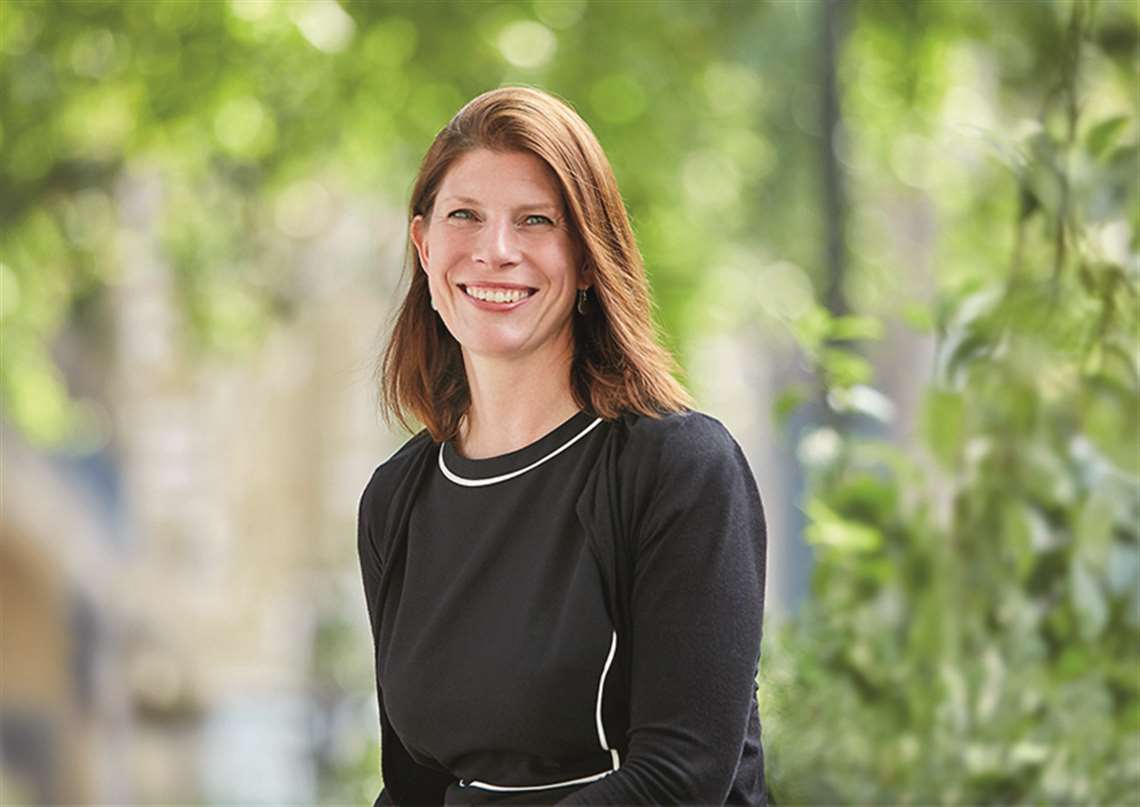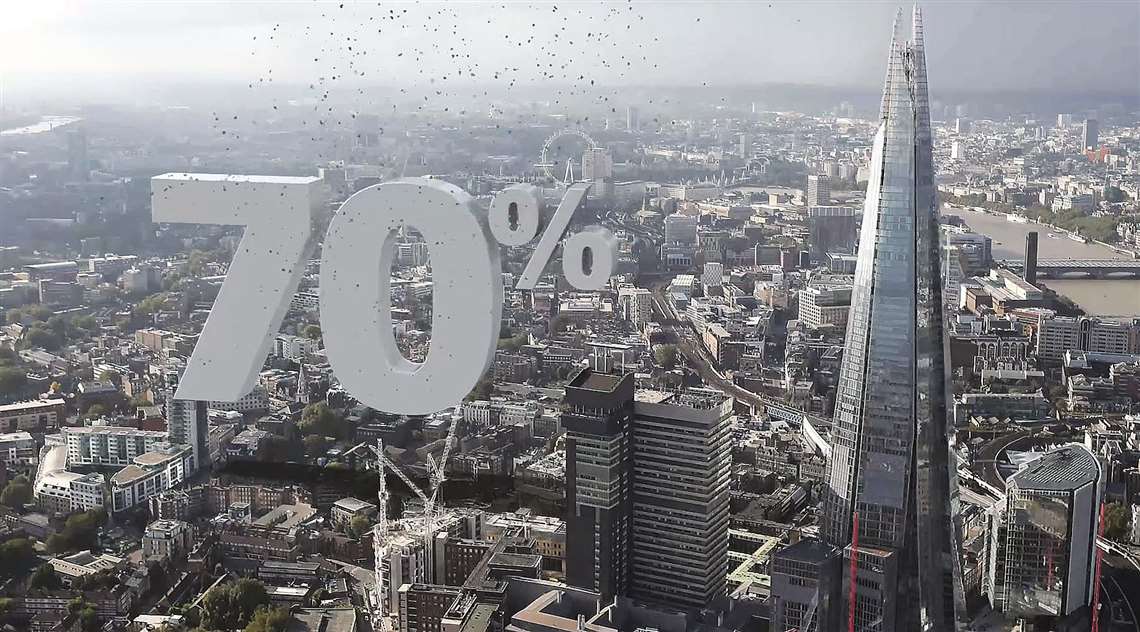How to achieve net-zero-carbon construction
09 June 2021
Sponsored By Climate change
Rachel Skinner, president of the Institution of Civil Engineers, describes climate change’s challenge to the construction industry
 Rachel Skinner, president of the Institution of Civil Engineers
Rachel Skinner, president of the Institution of Civil Engineers
In a recent webinar, produced by the construction technology giant Bentley Systems, Rachel Skinner, the president of the Institution of Civil Engineers (ICE), discussed the steps needed to move the construction industry towards net-zero-carbon operations.
Since taking on the presidency in November last year, she has made it her mission to help bring about change in the way the built environment is developed, with the reduction of CO2 emissions at the heart of the process.
While the overarching aim is to achieve net-zero-carbon construction by 2050, Skinner’s more immediate goal is to see carbon emissions halved within the next ten years.
Need for education
In the Bentley Twin Talks webinar, she said, “Nearly 70% of the world’s carbon emissions has a link to how we plan, design, build and use infrastructure. We are at a point where we realise we have been causing harm and we need to put that right – in every single part of every single system, in every single sector of infrastructure.”
According to Skinner, however, a large part of the problem comes from a lack of understanding about the problem; a lack of understanding which, she admits, exists even within the civil engineering community.
In her recent ICE video, Shaping Zero, she said, “Despite 50 years of scientific evidence, some still think that climate change is a huge fuss about nothing.
“Some of those people are at the heart of our engineering community. Every day on social media, I see people commenting and suggesting that climate issues are simply not relevant to what we do.”
But, she said, “we have the power in our hands – the right tools – to help to address and start to halt, climate change.
 A still from ICE’s Shaping Zero video, showing that 70% of global emissions can be traced back to the built environment
A still from ICE’s Shaping Zero video, showing that 70% of global emissions can be traced back to the built environment
“Up to now, the way that we as civil engineers have planned, have designed, have constructed and have gone on to operate our infrastructure systems, has been part of the problem.”
’Cradle to grave’
Skinner said, “From a client perspective, the biggest and most productive thing anyone can do is ask the right questions. Be willing to invest a reasonable amount of time, thinking about what carbon emissions there might be in a project, and whether it can be improved.”
In terms of buildings, she said, “we need to talk about cradle to grave. We need to get smarter at thinking about the value materials have beyond their initial use and we need to think about the lifespan of our existing assets; adapting and evolving, thinking about the materials we’ve already used – how can we make them last longer? And we need to be more excited about making longer and better use of assets.”
She added that, “A lot of the time, cutting carbon can make things cost less. Cutting out, for example, unnecessary materials that carry a carbon cost.
“One of the things a small group of us is doing internally is understanding what the plan of action needs to look like.
“We need sticks as well as carrots for civil engineering projects, because people won’t necessarily do it because it’s the right thing to do.”
Call to action
In 2020, ICE produced a state of the nation report on infrastructure’s contribution to the UK’s 2050 net-zero target.
One of the salient points of the report is that, while 2050 is almost 30 years distant, the infrastructure being built today will still be in use at that target date; therefore, its design and construction must be consistent with the net-zero aspirations of the country.
The project aims to promote this strategy in the UK by calling for government-led action, including:
- stronger net-zero-carbon policy-making, through the development of an infrastructure strategy, which will detail the transition path to carbon-free construction
- bringing emissions reduction to the top of the priority list for procurement criteria
- better relevant data sharing
- the even-handed distribution of economic opportunities
- raising public awareness of the built environment’s role in climate change
- the development of relevant skills within the civil engineering arena
In the ICE video, Skinner reflects on the UN’s intergovernmental panel on climate change, which said we must seek to limit global warming to 1.5 degrees Celsius by 2050, compared with pre-industrial levels.
10-year mission
Skinner said that achieving this 1.5 degree limit is “the best possible set of outcomes we could hope for, if all the current policies and pledges are in place – and we go further.
“Essentially,” she adds, “to have any chance of achieving that one-and-a-half degree pathway, we have to cut our carbon emissions, within the next decade, in half.”
Infrastructure development will have to learn to adapt to the changing situation, but there is no more time to wait for carbon reduction.
Rachel Skinner’s message is clear: don’t wait for the perfect solution, just get on and do what you can.
STAY CONNECTED



Receive the information you need when you need it through our world-leading magazines, newsletters and daily briefings.
CONNECT WITH THE TEAM








